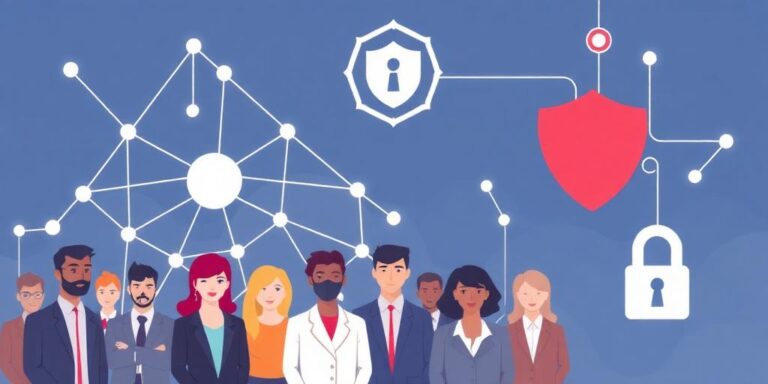Building a Culture of Security Awareness Across Organizations (2025)
In today’s digital landscape, organizations face an ever-increasing barrage of cyber threats. While robust technical defenses are crucial, they are not foolproof. A strong security posture relies heavily on a workforce that is aware of potential risks and actively participates in protecting organizational assets. This article outlines how to cultivate a culture of security awareness across organizations in 2025, taking into account the evolving threat landscape and emerging best practices.
1. Establishing a Foundation: Leadership Buy-in and Policy
The cornerstone of any successful security awareness program is unwavering support from leadership. When executives champion security, it sends a clear message that it’s a priority. This translates into resources, budget allocation, and, most importantly, employee engagement. A well-defined security policy is also essential. This document should outline acceptable use of company resources, data handling procedures, and reporting protocols. It should be easily accessible and regularly updated to reflect the changing threat landscape.
2. Tailored Training Programs: Engaging Employees Effectively
Gone are the days of generic, one-size-fits-all security training. Modern programs must be tailored to specific roles and departments within the organization. For example, the finance team will require training on phishing scams and wire transfer fraud, while the marketing department needs to understand the risks associated with social media and data privacy. Training should be engaging and interactive, utilizing real-world scenarios, simulations, and gamification to reinforce key concepts. Consider incorporating microlearning modules that deliver concise information in short, easily digestible bursts.
3. Continuous Reinforcement: Beyond the Annual Training
Security awareness is not a one-time event; it’s an ongoing process. Regular reinforcement is crucial to keep security top of mind. This can be achieved through various methods, including:
- Phishing Simulations: Conduct regular phishing simulations to test employee vigilance and identify areas for improvement.
- Security Newsletters: Share relevant security news, tips, and best practices with employees on a regular basis.
- Screen Savers and Posters: Display visually appealing security reminders in common areas and on employee devices.
- Lunch and Learn Sessions: Host informal sessions where employees can learn about specific security topics and ask questions.
4. Measuring and Monitoring: Tracking Progress and Identifying Gaps
To ensure the effectiveness of your security awareness program, it’s essential to measure and monitor its impact. Track key metrics such as phishing click-through rates, reported security incidents, and employee participation in training programs. Analyze this data to identify areas where employees are struggling and adjust your training accordingly. Regular reporting to leadership will also demonstrate the value of the program and justify continued investment.
5. Fostering a Culture of Reporting: Empowering Employees to Speak Up
Creating a culture where employees feel comfortable reporting potential security incidents is paramount. Encourage employees to report suspicious emails, unusual activity, or any other concerns they may have. Make the reporting process easy and straightforward, and ensure that employees are not penalized for reporting mistakes. A “see something, say something” approach can significantly reduce the risk of successful attacks.
6. Adapting to Emerging Threats: Staying Ahead of the Curve
The cyber threat landscape is constantly evolving, so your security awareness program must adapt accordingly. Stay informed about the latest threats and vulnerabilities, and update your training materials and policies to reflect these changes. Consider incorporating training on emerging technologies such as AI and blockchain, and the security risks associated with them. Regular security assessments and penetration testing can also help identify vulnerabilities and improve your overall security posture.
7. Leveraging Technology: Automating and Streamlining Security Awareness
Technology can play a significant role in automating and streamlining security awareness efforts. Consider using security awareness platforms that offer features such as automated training assignments, phishing simulation management, and reporting dashboards. These tools can help you scale your program and track progress more effectively. Explore using AI-powered tools to personalize training content and identify employees who are at higher risk of falling victim to cyberattacks.
Conclusion: Building a Resilient Organization
Building a culture of security awareness is an ongoing journey, not a destination. By implementing the strategies outlined in this article, organizations can empower their employees to become active participants in protecting valuable assets. A well-trained and vigilant workforce is the first line of defense against cyber threats, and a critical component of a resilient and secure organization in 2025 and beyond.




